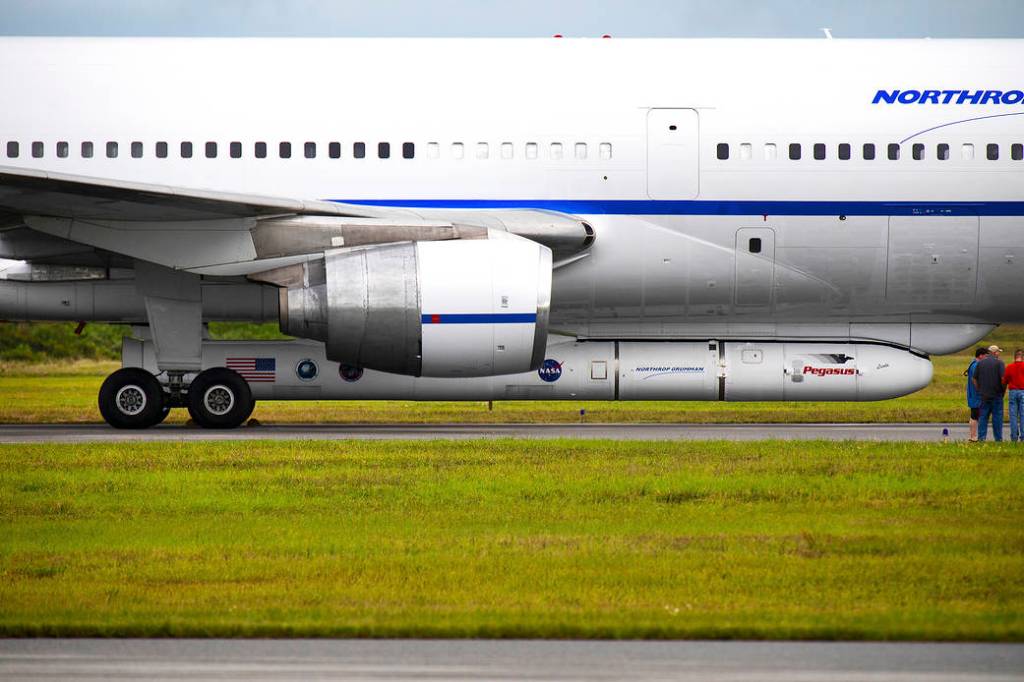Launch Services Program Rockets
Antares
Northrop Grumman’s Antares rocket is a two-stage vehicle with optional third stage that provides low-Earth orbit launch capability for payloads weighing up to 8,000 kg. Today the rocket is primarily used to support the company’s Commercial Resupply Services contract with NASA.
Learn More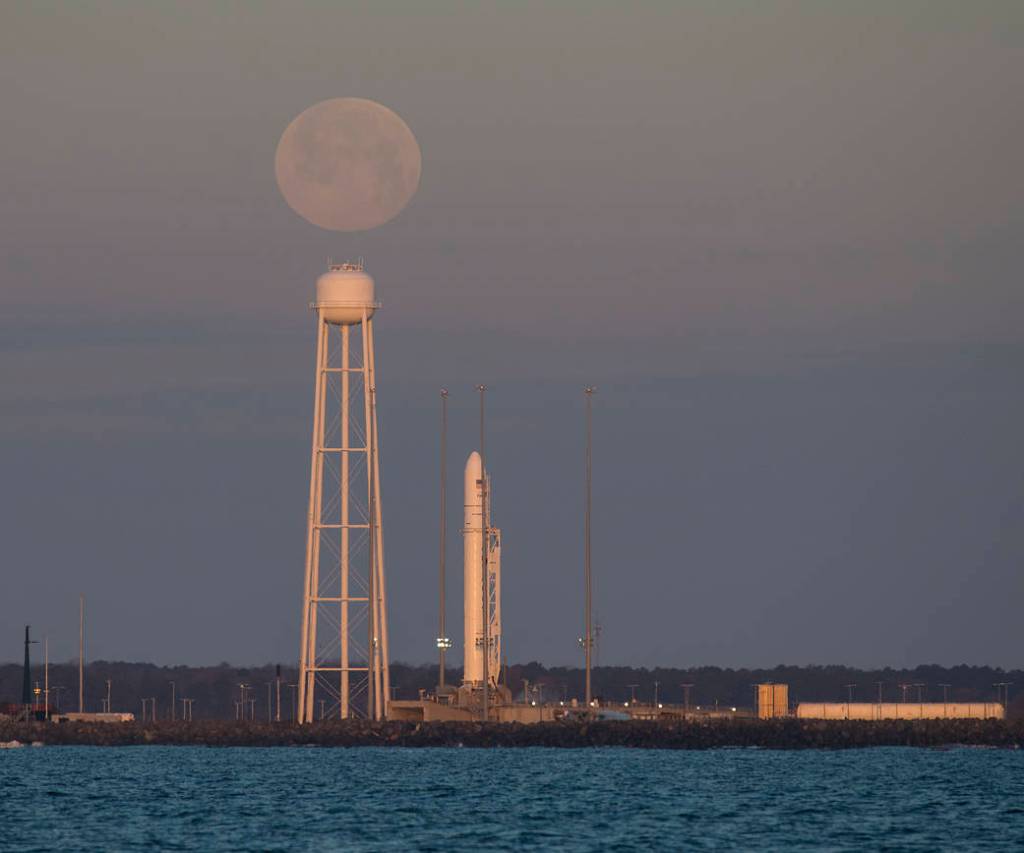
Atlas V
Atlas V uses a standard common core booster, up to five solid rocket boosters (SRBs), a Centaur upper stage in a single- or dual-engine configuration, and one of several sizes of payload fairings.
Learn More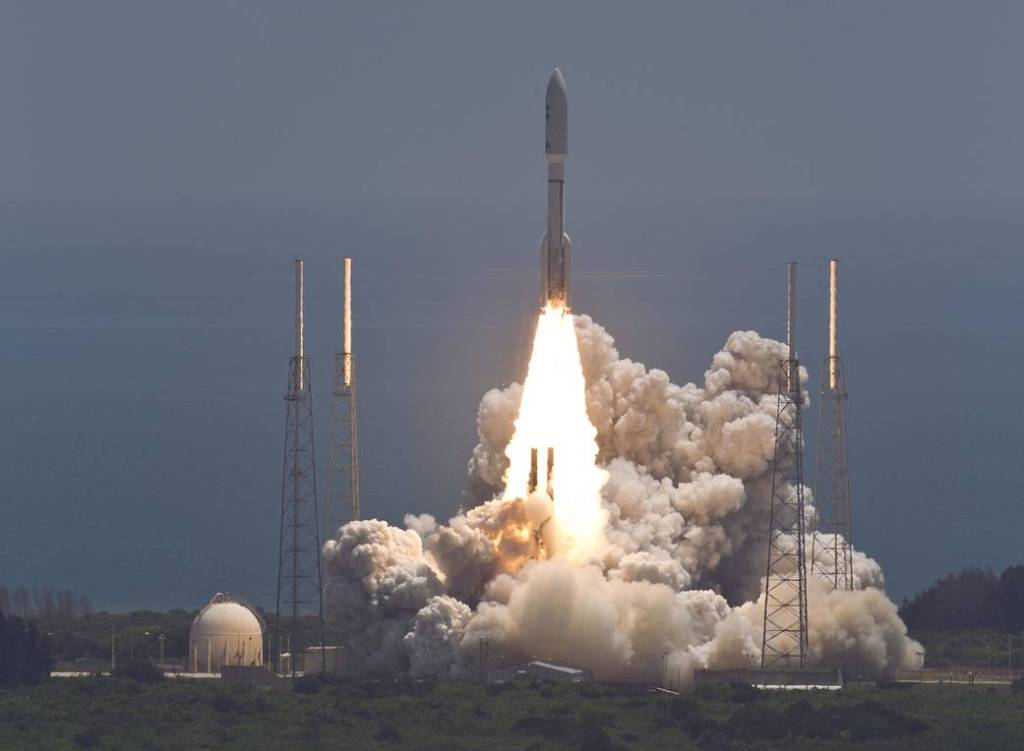
Electron
Rocket Lab's Electron is the only reusable orbital-class small rocket. Capturing and reflying Electron’s first stage enables higher launch frequency without expanding production and lowers launch costs.
Learn More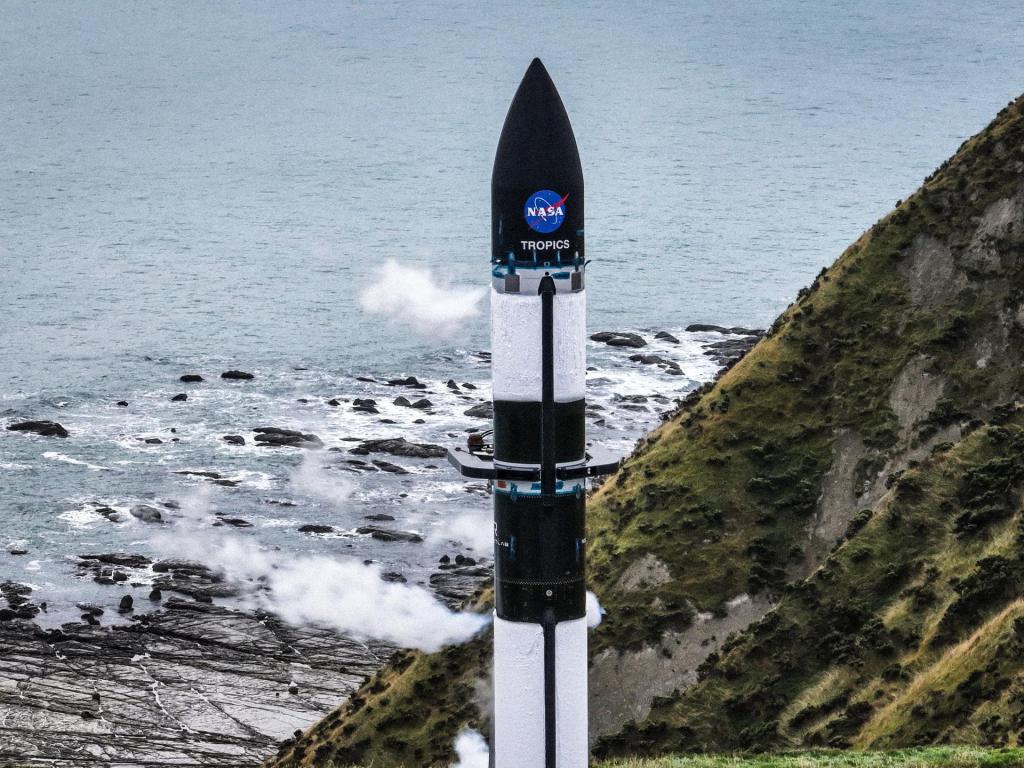
Falcon 9
Falcon 9 is a reusable, two-stage rocket designed and manufactured by SpaceX for the reliable and safe transport of people and payloads into Earth orbit and beyond. Falcon 9 is the world’s first orbital class reusable rocket. Reusability allows SpaceX to refly the most expensive parts of the rocket, which in turn drives down the cost of space access.
Learn More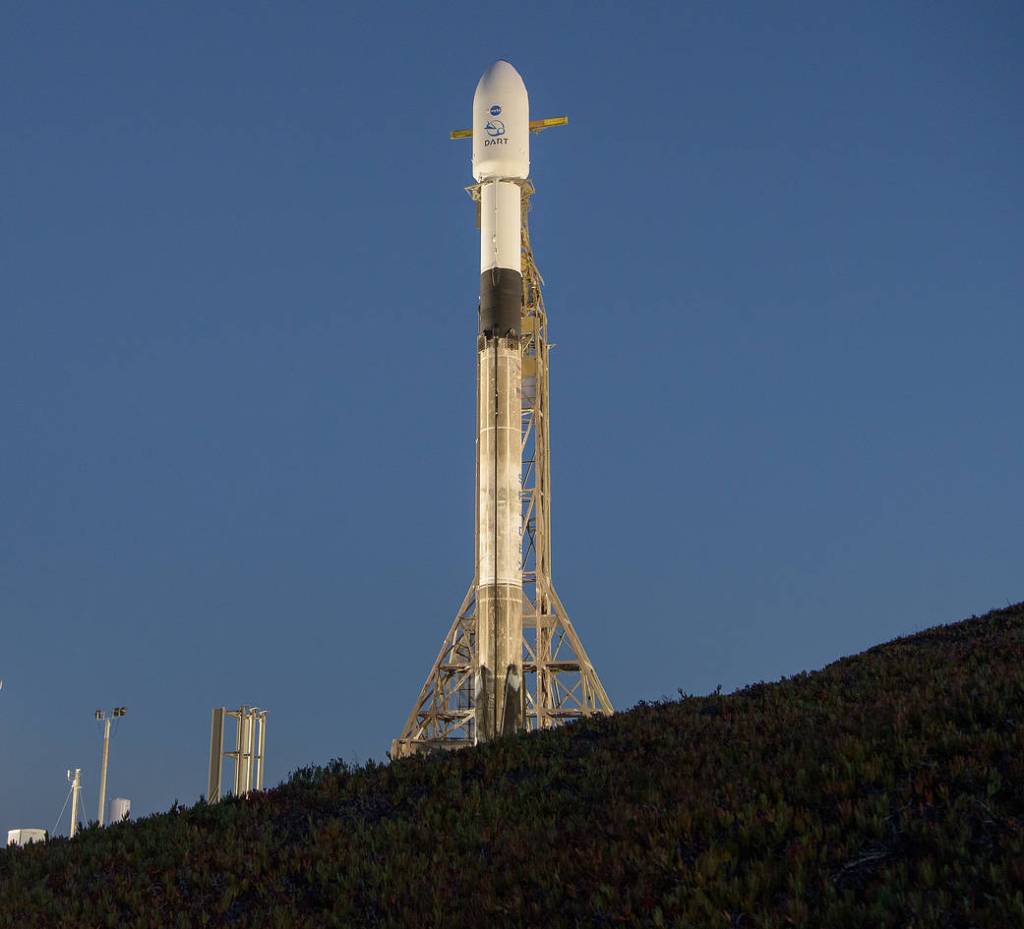
Falcon Heavy
Falcon Heavy is composed of three reusable Falcon 9 nine-engine cores whose 27 Merlin engines together generate more than 5 million pounds of thrust at liftoff, equal to approximately eighteen 747 aircraft. As one of the world’s most powerful operational rockets, Falcon Heavy can lift nearly 64 metric tons (141,000 lbs.) to orbit.
Learn More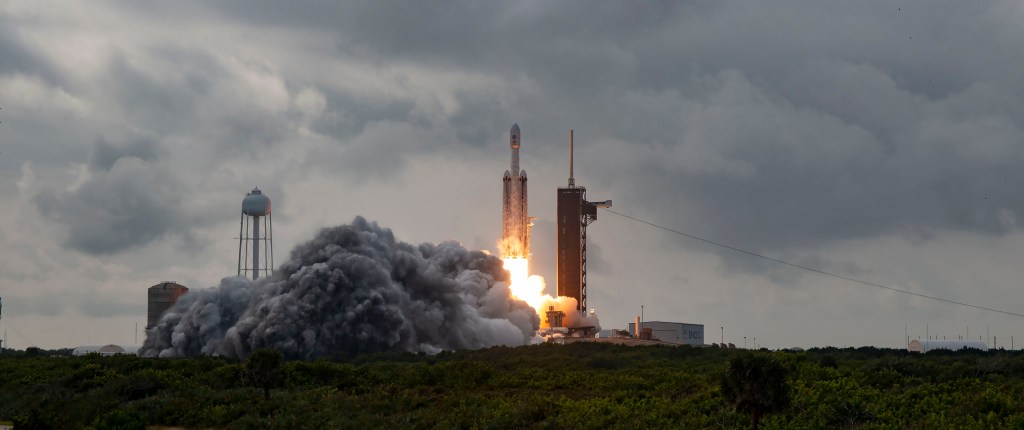
Pegasus XL
The three-stage Pegasus XL rocket is used to deploy small satellites weighing up to 1,000 pounds (453.59 kg) into low-Earth orbit. Pegasus is carried aloft by the Stargazer L-1011 aircraft to approximately 40,000 feet over open ocean, where it is released and free-falls five seconds before igniting its first stage rocket motor. With its unique delta-shaped wing, Pegasus typically delivers satellites into orbit in a little over 10 minutes.
Learn More